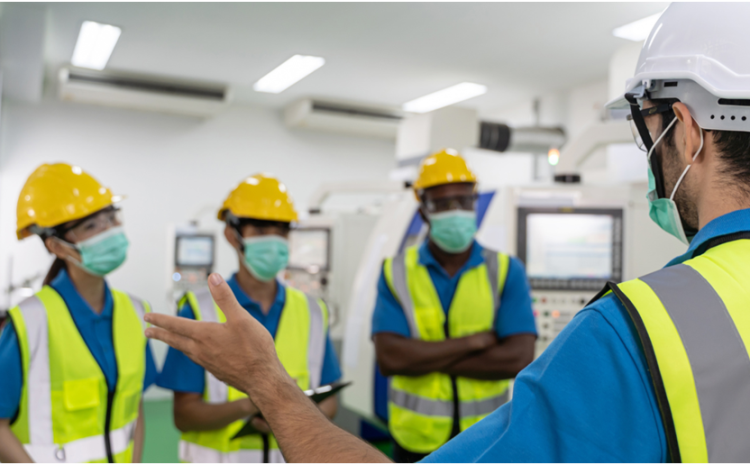
How to Prepare for a Workplace Compliance Inspection: Key Tips
Workplace compliance inspections are essential to ensure that businesses adhere to legal standards and maintain a safe and efficient working environment. Being well-prepared for these inspections can help avoid penalties, enhance workplace safety, and demonstrate a commitment to regulatory compliance. Here’s a guide to help you prepare effectively for a workplace compliance inspection.
1. Understand the Regulations
Before the inspection, familiarize yourself with the relevant regulations and standards that apply to your industry. This includes health and safety laws, environmental regulations, and any other industry-specific requirements. Knowing what to expect and understanding the criteria will help you focus your preparation efforts.
2. Conduct a Pre-Inspection Audit
Perform an internal audit to assess your current compliance status. Review policies, procedures, and records to identify any gaps or areas of non-compliance. Address any issues you find and ensure that all documentation is accurate and up-to-date. This proactive approach can help you resolve potential problems before the official inspection.
3. Update and Organize Documentation
Ensure that all required documentation is current and readily accessible. This includes safety records, training certificates, maintenance logs, and incident reports. Systematically organize these documents to facilitate easy review by the inspector.
4. Review Safety Procedures and Policies
Verify that your workplace safety procedures and policies are being followed and are effective. Ensure that employees are trained on safety protocols and that personal protective equipment (PPE) is available and used correctly. Address any safety concerns and reinforce the importance of compliance with your team.
5. Prepare Your Team
Inform your employees about the upcoming inspection and the importance of compliance. Provide them with clear instructions on how to respond to the inspector’s questions and how to demonstrate adherence to safety protocols. Encourage a culture of openness and cooperation.
6. Ensure Workplace Cleanliness and Organization
A clean and well-organized workplace reflects positively during an inspection. Ensure that work areas are tidy, hazards are mitigated, and equipment is properly maintained. A well-organized environment helps prevent accidents and demonstrates a commitment to maintaining a safe workplace.
7. Conduct a Mock Inspection
Consider conducting a mock inspection to simulate the actual inspection process. This can help identify any overlooked issues and provide an opportunity for your team to practice responding to questions and demonstrating compliance. Use the feedback from the mock inspection to make final adjustments.
8. Maintain Open Communication
During the inspection, be transparent and cooperative with the inspector. Provide accurate information and address any questions or concerns promptly. A positive and cooperative attitude can contribute to a smoother inspection process.
9. Follow Up on Inspection Findings
After the inspection, review the inspector’s report and address any identified issues or recommendations. Implement corrective actions promptly to ensure continued compliance and improve workplace safety.
By taking these steps, you can demonstrate your commitment to compliance and create a safer, more efficient work environment. For expert guidance and support in preparing for workplace compliance inspections, seek assistance from Health and Safety Advisors.


